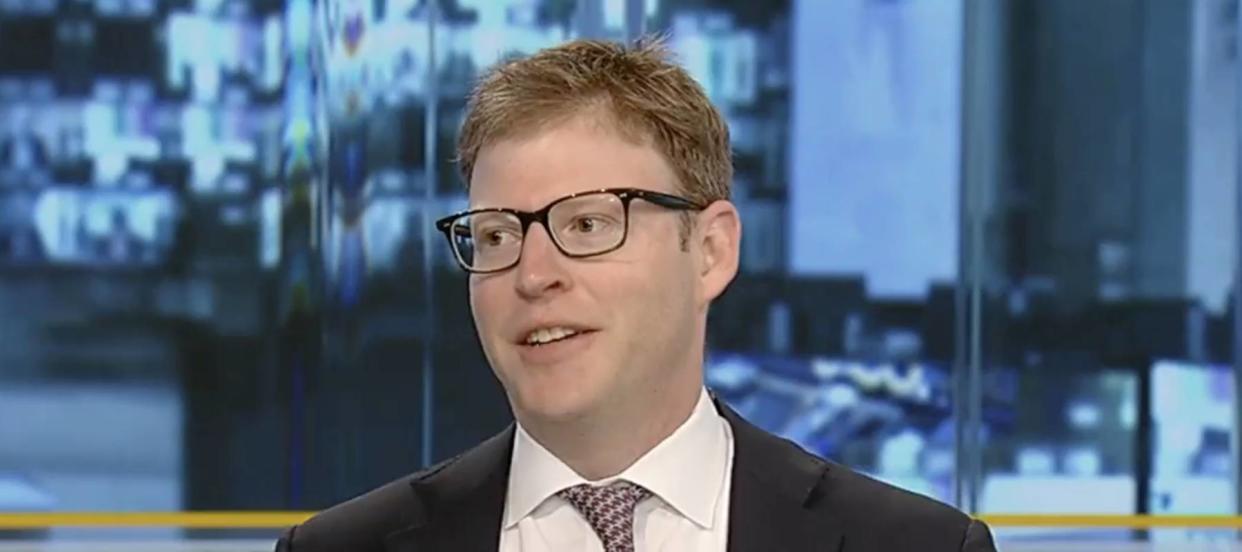'Forever renters': This real estate developer says there's 'no such thing' as a starter home in big US cities — even Americans earning $150K+ looking to rent. Is the housing crisis still bad?

In a market where the dream of homeownership slips further out of reach for many, a significant shift is underway.
A lack of inventory, soaring prices and elevated mortgage rates have left a growing number of individuals and families with no choice but to rent indefinitely. This new reality has given rise to a term that captures the essence of the era: "forever renters."
Don't miss
Anything can happen in 2024. Try these 5 easy money hacks to help you make and save thousands of dollars in the new year (they will only take seconds)
Don't let high car insurance rates drain your bank account — find how you can pay as little as $29 a month
Commercial real estate has beaten the stock market for 25 years — but only the super rich could buy in. Here's how even ordinary investors can become the landlord of Walmart, Whole Foods or Kroger
As more people come to terms with the possibility of renting for life, developers are constructing more apartment complexes designed to cater to the long-term tenant.
Michael Pestronk, co-founder and CEO of real estate developer Post Brothers, explained the phenomenon in a recent interview with Fox Business.
“We have a mid-Atlantic focused portfolio. Our average renter 10 years ago was 29. Today it's 33. But we also have way more renters of the 35 to 45 making well over $150,000,” he said.
The cause of this shift, according to Pestronk, is a “lack of product” in large cities.
“There's no such thing as a starter home in large [metropolitan statistical areas] anymore. There is no land available to build housing within commutable distances of jobs. And so for better or worse, the starter home in big cities has become a bigger, better apartment,” he explained.
“... renters of all ages tell us that apartments provide an entry into preferred neighborhoods where they couldn’t afford to buy,” said Jay Parsons, Chief Economist for RealPage, in August last year.
The platform conducted a survey that found that two-thirds (66%) of multifamily renters are satisfied with their current housing situation, preferring the financial freedom afforded by being able to rent more cheaply than buy in the areas where they want to live, as well as the flexibility for remote work and trying new locations.
$4,000 to $8,000 a month
These bigger and better apartments are not cheap though.
Pestronk revealed that the rent range for a two-bedroom can be “anywhere from $4,000 to $8,000.”
Read more: Thanks to Jeff Bezos, you can now use $100 to cash in on prime real estate — without the headache of being a landlord. Here's how
These properties, according to Pestronk, cater to “older, more sophisticated” people seeking spacious rooms that accommodate full-size furniture, feature adult aesthetic styles and provide child-friendly amenities. He revealed that there are a lot of families with small children living in his apartments, which are equipped with splash pads, indoor kids’ playrooms and outdoor playgrounds.
“It’s not inexpensive, but compared to the cost of ownership, it’s favorable,” he remarked.
Housing affordability
In the U.S., housing affordability remains a pressing concern. According to the 2023 “State of the Nation’s Housing” report from the Joint Center for Housing Studies of Harvard University, you need an annual income of roughly $117,000 to afford a median-priced home in America.
The Census Bureau says the median household income in the U.S. was $74,580 in 2022.
While renting a spacious unit from one of Pestronk’s developments presents an alternative to buying a house, not everyone can afford to do so.
Anyone paying more than 30% of their income on rent and utilities is considered cost-burdened. As of 2022, 50% of American renters were considered cost-burdened, according to another report from Harvard’s Joint Center for Housing Studies. That’s a 3.2 percentage point increase from 2019.
And it appears many Americans simply can’t keep up with rising rent. Homelessness in America reached 653,100 people in Jan. 2023, according to the U.S. Department of Housing and Urban Development. This was a record high since reporting began in 2007. Moreover, the number of unsheltered homeless people surged by 48% from 2015 to 2023, reaching 256,610 — also a new record.
What to read next
Can I collect my dead spouse's Social Security and my own at the same time? Here are 5 secrets of 'survivors benefits' you need to know
Car insurance rates have spiked in the US to a stunning $2,150/year — but you can be smarter than that. Here's how you can save yourself as much as $820 annually in minutes (it's 100% free)
Millions of Americans are in massive debt in the face of rising costs. Here's how to get your head above water ASAP
This article provides information only and should not be construed as advice. It is provided without warranty of any kind.
